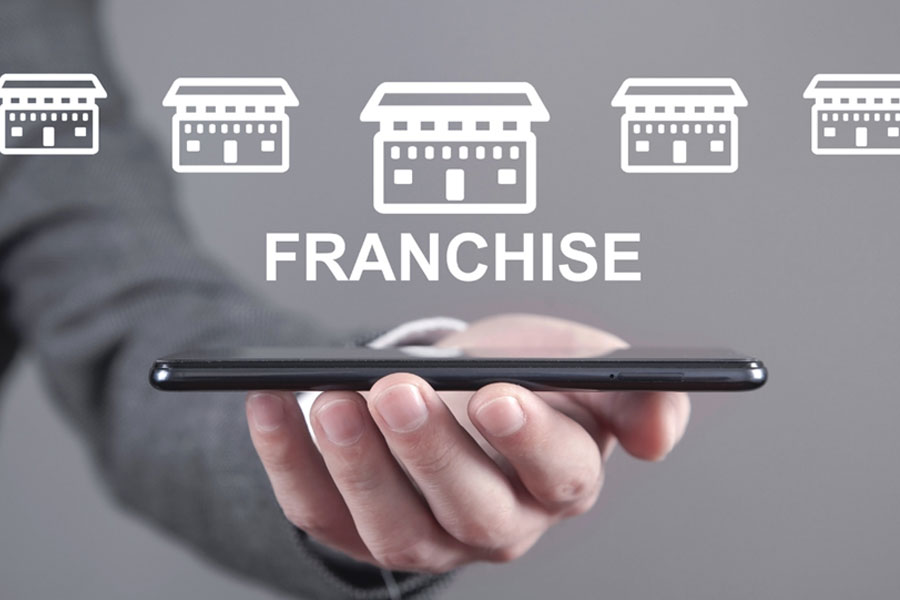
From Freelancer to Million-Dollar Valuation, implement profit first model for success. (Google Photos)
If you’re considering selling your business, maximizing profit is key. The amount of profit you generate directly affects how quickly and for how much you can sell your small business. This article will guide you on how to boost profits, making your business more attractive to potential buyers.
After experimenting with various financial management strategies, I found the Profit First model by Mike Michalowicz to be the most effective. This approach emphasizes profit over revenue, which has been instrumental in my journey from a small entrepreneur to an investor.
The Profit First model is crucial because it transforms how you handle your finances, ensuring your business is profitable and appealing to buyers. Small business buyers are particularly interested in profitable ventures. So, let’s focus on maximizing profit today.
Implementing the Profit First Model
Follow these steps to apply the Profit First model and enhance your business value:
- Set Up Multiple Bank Accounts While setting up multiple bank accounts might seem like a hassle, it’s essential for efficient money allocation and profit prioritization. You need separate accounts for Income, Profit, Owner’s Compensation, Taxes, and Operating Expenses.
Tip: Open these accounts online if possible, and label them clearly to avoid confusion. This separation of funds is vital for maintaining financial discipline. Without this step, the subsequent steps won’t matter.
Insider Tip: Besides the five essential accounts, consider additional ones based on your business needs. For instance, I have a Subcontractors account due to the significant freelancer expenses in my business.
- Allocate Your Income Consistently Ensure all your revenue is deposited into your Income account. This includes linking this account to your invoices and payment platforms like Stripe and PayPal.
Twice a month, on the 10th and 25th, allocate a percentage of the income to the other accounts. For example, 10% to Profit, 30% to Owner's Pay, 15% to Taxes, and 45% to Operating Expenses. You can adjust these percentages based on your business’s historical expenses.
Expert Advice: Many small businesses may have a historical profit of 0%, often to avoid taxes. Start with a 0% allocation for Profit and adjust as you implement the model.
- Prioritize Profit Over Expenses The Profit First model shifts the traditional accounting formula (Sales - Expenses = Profit) to (Sales - Profit = Expenses). This change ensures you prioritize profit and manage expenses with the remaining funds. This shift is transformative for business owners preparing for an exit.
Case Study: Jamie, a graphic design agency owner, grew her business and eventually sold it for a significant amount by adopting this model.
- Regularly Review and Adjust Allocations Once your system is set, monitor it. You’ll become more conscious of investment decisions and business expenses, paying bills only twice a month. This routine helps manage finances better and reduces stress.
Each quarter, adjust your allocation percentages. Increase Taxes, Owner’s Compensation, and Profit by 1% each, and decrease Operational Expenses by 3%. These small adjustments can significantly boost your profit margin over time.
Expert Advice: Consistency is crucial. Stick to the allocations and adjust your business operations if needed.
Practical Tip: Set bi-monthly reminders to allocate income and quarterly reminders to review and adjust percentages. This keeps your financial strategy dynamic and responsive to growth.
From Freelancer to Million-Dollar Valuation: Chris’s Story
Chris started as a freelance financial advisor and grew his business into a consulting firm. By using the Profit First model and prioritizing profit, he increased his profit margins from 24% to 35%, raising his business valuation from $696,000 to over a million. His business became attractive to buyers and was recently acquired.
Your Profit First Challenge
- Open separate accounts for Income, Profit, Owner's Compensation, Taxes, and Operating Expenses.
- Determine initial allocation percentages based on this article or your historical data.
- Consistently allocate income bi-monthly and pay invoices from the respective accounts.
- Regularly review and adjust allocations each quarter.
- Read and revisit the Profit First book annually for detailed guidance.
Implement these steps over the next six months and watch your finances transform. Prioritizing profit is not just about making money; it’s about ensuring long-term success and maximizing your business’s sales value.





